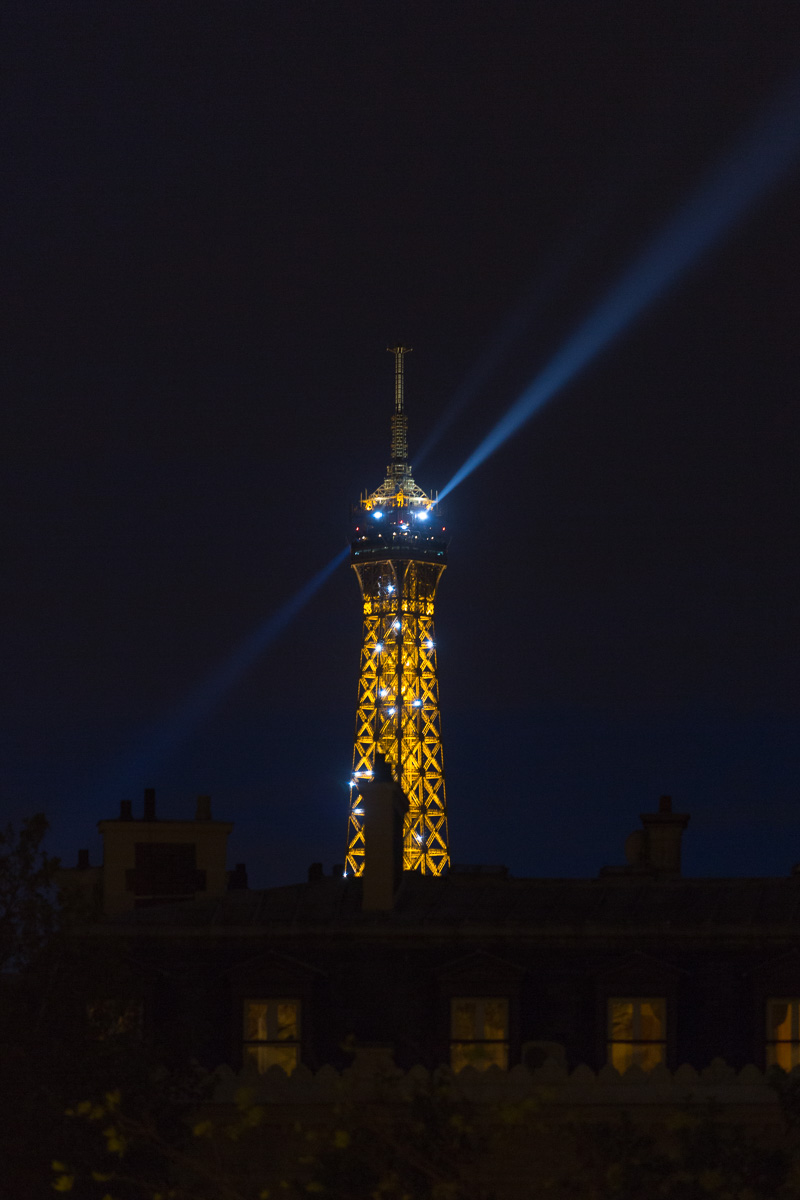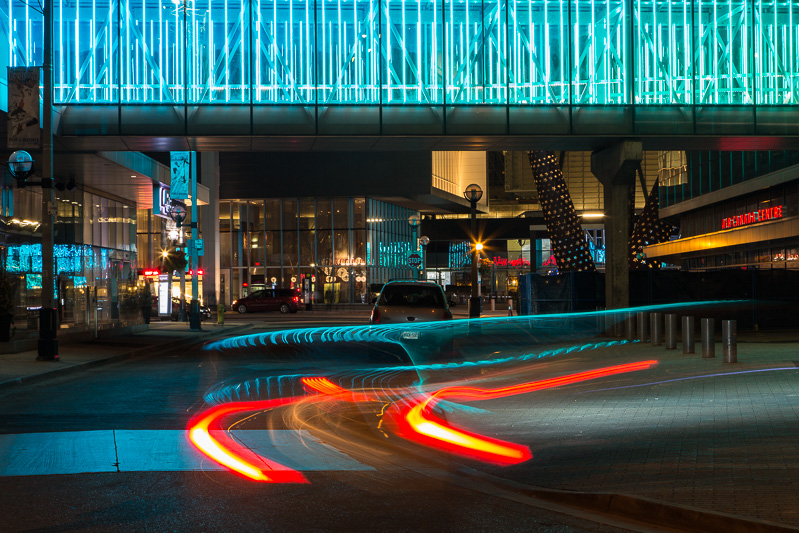I’m a relatively new member of the Toronto Camera Club which has been operating continuously since 1889 and is one of the larger camera clubs around. There are advantages to being big. One is that it draws decent speakers for its lecture series. Another is that there is a large pool for its internal competitions. A lot of the members are really good which pushes people like me to work at improving our craft. The last competition was in the Assigned Topics category. This time, the assigned topics were Food and Night in the City. I submitted four shots to the Night in the City topic. Two did well. Two, not so well. As long as I sometimes get positive feedback and feel that, overall, I’m making progress, I don’t mind being told that a particular shot is lousy. It motivates me to work harder.
Here are the shots that did well. The first is one of the new TTC streetcars running on Spadina Avenue, Toronto. The second is of the spotlights shining off the Eiffel Tower.


It would be easy to rationalize my failures by yakking about how judging is flawed or subjective, or how attempts to make it more objective use arbitrary standards that are culturally contingent. Whine, whine, whine. But it’s rare that an outstanding photo gets ignored. By and large, the best photos get the recognition they deserve and the flawed photos get justly criticized. So what’s wrong with these ones? The first is of the Canada Malting silos at the foot of Bathurst Street. The second is of a car turning by the Air Canada Centre.


In both images, I think it boils down to this: interest. They are photos OF something. But they aren’t photos ABOUT something. A good photo isn’t simply mimetic. It isn’t a bare record of something that viewers could go and see for themselves. Instead, a good photo adds something to the visual experience. It creates a narrative. Asks a question. Makes a comment. Wonders aloud. Evokes an emotion. Conveys a mood. I think that’s what sets the first two photos apart from the second two.
It’s interesting to note that the successful images were impromptu responses to what I saw. In each case, I noticed something, jammed my camera against a pole or tree, and shot. With the less successful images, I was careful. I set up my tripod, switched on the mirror lock, used a remote … I was methodical about my technique, but forgot my heart.